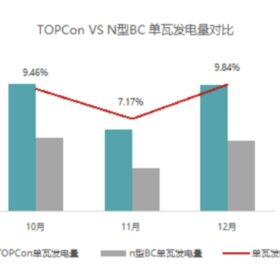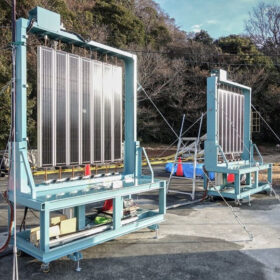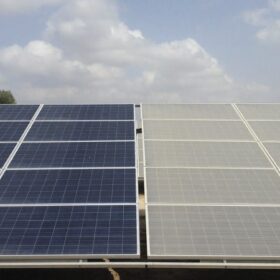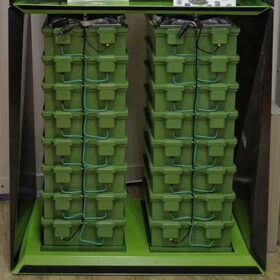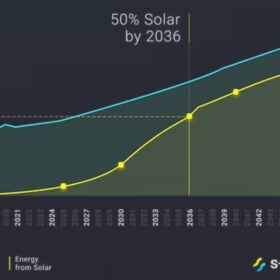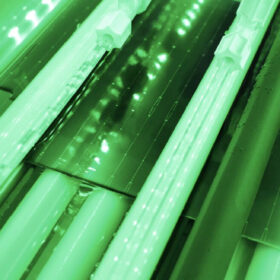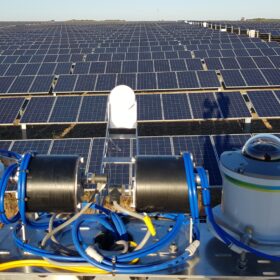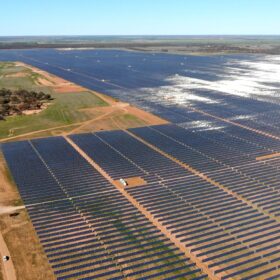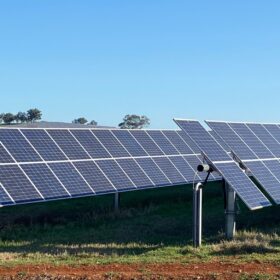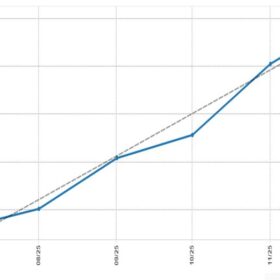JinkoSolar’s TOPCon modules offer 8.82% yield gain in field test
JinkoSolar’s latest n-type tunnel oxide passivated contact (TOPCon) modules delivered higher energy yield per watt than a competitor’s n-type back contact (BC) modules in a three-month field test in Japan, under varying irradiance levels.
BIPV concept integrates louvres to enhance power production
Scientists have proposed a building-integrated PV system that integrates airflow to cool the panels and control room temperature. The system, which also acts as a shading device, can reportedly mitigate drops in power generation efficiency without additional energy consumption.
Wind tunnel tests show spacing between panels is key to reduce soiling
Scientists have placed four PV panels in a 21-metre wind tunnel and run different tests regarding tilt angles, mounting height, spacing, and incoming flow direction. They found that when the spacing between panels exceeds twice the panel height, the mutual influence on dust deposition becomes negligible.
Sodium-ion batteries face uphill struggle to beat lithium-ion on cost
A new Stanford University study finds that there are several key routes that sodium-ion battery developers can take to compete on price, specifically against a low-cost variant of the lithium-ion battery known as lithium iron phosphate (LFP).
New tool tips solar to supply 50% of global energy demand by 2035
Solar energy will satisfy more than 50% of global energy demand within a decade according to a new modelling tool that also predicts solar costs will continue falling by 10% a year.
Hot spots for critical minerals needed for green economy unlocked: study
University researchers have identified probable locations for critical metals needed to support a green economy by studying how critical metals accumulate at the margins of old cores of continents.
Scientists study impact of bushfire smoke on solar power generation
Scientists have quantified the impact of wildfires on the availability of direct normal irradiance and global horizontal irradiance at the state, regional, and national levels in the United States. They have found that direct irradiance is more sensitive to smoke than the PV-relevant global horizontal irradiance.
JXTC looks to serve up increased cell efficiency
The solar industry has dragged its heels on the issue of silver-dependence for cell metallisation, but China’s Jiangsu Xianghuan Technology (JXTC) is moving into commercial production with a copper plating process that overcomes many of the challenges that have limited interest from cell manufacturers.
Proa wins Projects prize at pv magazine Awards 2024
Forecasting efforts which brought Northern Territory projects back online impressed jurors in the highly competitive pv magazine Awards Projects category.
Fortescue targets 6 MW fast charger with ARENA funding
Mining and energy giant Fortescue has secured a $10 million federal government grant to develop and build a 6 MW fast charger capable of charging battery electric heavy mining equipment.
